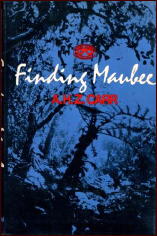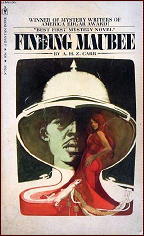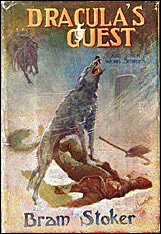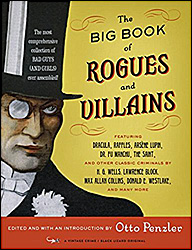RICHARD RAYNER – The Devil’s Wind. HarperCollins; hardcover, February 2005. Harper Perennial, paperback, January 2006.

Richard Rayner, the author of The Devil’s Wind, was born in England, but now lives in Los Angeles, and as in the case of a certain other author (named Chandler, although born in Chicago), it may take someone on the other side of the Atlantic to come to this country to tell us, and show us, what we’re really like.
Or what we were in the past, as this book does, taking us back to 1956, the time of HUAC; the atom bomb tests in Nevada and the concomitant growth of Las Vegas; Jimmy Hoffa; inherent racism; and jazz. All essential ingredients of a top-notch noirish thriller (filmed in glorious black-and-white?) based on identities: hidden identities, newly created identities; and revenge: subtle and not-so-subtle, and bullets to match.
And jazz. On pages 193-194, wealthy up-and-coming architect – about to become the new Senator for the state of Nevada – Maurice Valentine (not the name he was born under) is listening to the only record a young black musician ever made:
I didn’t know what to expect. In the war, like everyone else, I’d danced to Benny Goodman, Glenn Miller, and Count Basie; I’d lain on my bunk, smoking, dreaming, while Bing Crosby or Billie Holliday or Frank Sinatra sang on the radio. I understood, in a general way, that after a war a revolution had occurred in jazz, that the swing of the music had turned itself inside out, with bop, bebop, hard bop. I knew, even, of a further development – West Coast jazz, cool jazz. Especially liking the sound of those concepts, I’d sped to a Hollywood music store and bought myself a couple of Art Pepper records. The guy had style. He wore fine duds, was handsome, white. He played each solo like it was a seduction. That, I could relate to. And of course jazz bands were always playing in the Vegas show rooms. I was no ignoramus on the subject, in other words; nor was I an expert. But nothing had quite prepared me for what I was about to hear.
It was a quintet: the piano came in first, with bass, drums, and trumpet following behind, and I knew at once this wasn’t the hard stuff; the Dizzy Gillespie kind of jazz; nor was it California cool, man. The tune was a standard, “Come Rain or Come Shine,†and when Wardell Lane entered with his first solo I swear it was like being washed in the purest, freshest water I’d ever known. That horn floated with a sweet clarity that cleansed my blood and eased my bones. Okay, I was exhausted, drugged with fatigue. But I don’t want to underplay the feeling of the moment. The whole room glowed, and Konstantin stood there with a huge grin.
“You see now? You understand?†he said. “Listen. He’s almost on the edge, as if he were in danger of falling over.â€
But somehow Wardell never did.
The woman. Mallory Walker is a rich man’s daughter and a would-be architect, a field which in the 1950s in which there were very few openings for women. Valentine is married but eminently capable of being seduced, and he finds himself captivated. From page 8:
My first impressions were of a cool hand and a firm, bony handshake. A slender figure in blue linen and flat heels. A lean face with hair cropped short and bleached blond, almost silvery in color. Full lips, nose slightly upturned. An impression of impudence, of life. Her eyes were a pale gray-green, and powerful, of startling clarity; she looked at me as if she knew my every secret.
“Pleased to meet you,†she said, as simply as that. Her voice was clear and clipped, with no identifiable accent.
She is a force, a whirlwind, someone who knew her well says on page 256. Clever and proud and ruthless and beautiful, Maurice says earlier on page 40. There is also the hot wind that blows across the Nevada desert. The natural wind. There is also the unnatural wind that arises after the flash and colossal boom of the mushroom clouds that can be seen from the top floor of Las Vegas hotels, the wind that causes disasters in more ways than one.
I also have to tell you about one of the notes I wrote to myself while reading and absorbing everything that was happening as quickly as I could. I suddenly sat up and told myself, less than half way through, and I quote, “I have absolutely no idea where this book is going.â€
Is that adequate as a one-line review? I’d like to think so. I do think so. It’s quite a ride. If anyone were to make a movie of The Devil’s Wind, as written, I’d go to see it in a minute, black-and-white or not.
— January 2005.
Bibliographic Notes: This was the last of four novels written by author Richard Rayner. No movie was made of The Devil’s Wind, but an autobiographical work he wrote entitled L. A. Without a Map (1988), a travelogue of sorts, was made into film of the same title starring Johnny Depp in 1998.




